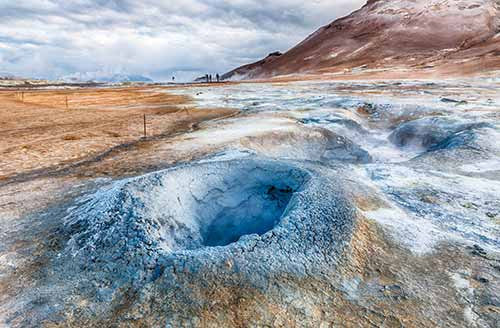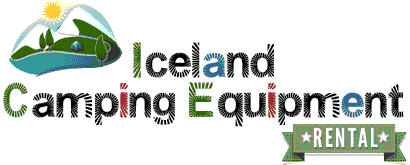7 things you probably didn’t know about Icelandic volcanoes

After the Eyjafjallajökull eruption that blocked much of the European air traffic for a few days, most people became aware of the fact that Iceland is one of the most geologically active places on Earth. So you probably know we have lots of volcanoes! But perhaps you didn’t know that…
- Volcano in Icelandic is “eldfjall”, literally “fire mountain”. Despite the menacing name, out of the 130 volcanoes in Iceland, only around 30 to 40 are active - that is, have erupted within the past few centuries.
- The most active volcano in Iceland is Mount Hekla. Its 1104 eruption was so strong that during the middle ages, Hekla was known in Europe with the moniker “Gateway to Hell”. Hekla’s last eruption was in 2000, and a new one has been due for a few years now…
- The eruption of volcano Laki in 1783 was so massive that the ash it created darkened the sky over Europe for years! The haze of dust affected crop growth all over the continent, creating a famine that is believed to have been one of the factors that caused the French Revolution.
- The island of Surtsey, off the southern coast of Iceland, emerged in 1963 as the result of explosive under-water eruptions. Today the island is kept pristine (it is only accessible to a selected number of scientists) and is used as a real-life laboratory to study how animal and plant life colonize a new territory.
- Since the Middle Ages, Icelandic volcanoes have produced one third of all the lava that has covered the earth's surface. Wow!
- The name Eyjafjallajökull doesn’t even include the world “volcano” – instead, it means “the island mountains glacier”. The islands the name refers to are the Westman Islands, a small archipelago which also includes young Surtsey, and which you can clearly see from the summit of Eyjafjallajökull.
- If you want to know all about Icelandic volcanoes, the Icelandic Met Office has recently launched a website that promises to catalog all the volcanoes on the island, including their characteristics, eruption history, activity status and hazard level.







